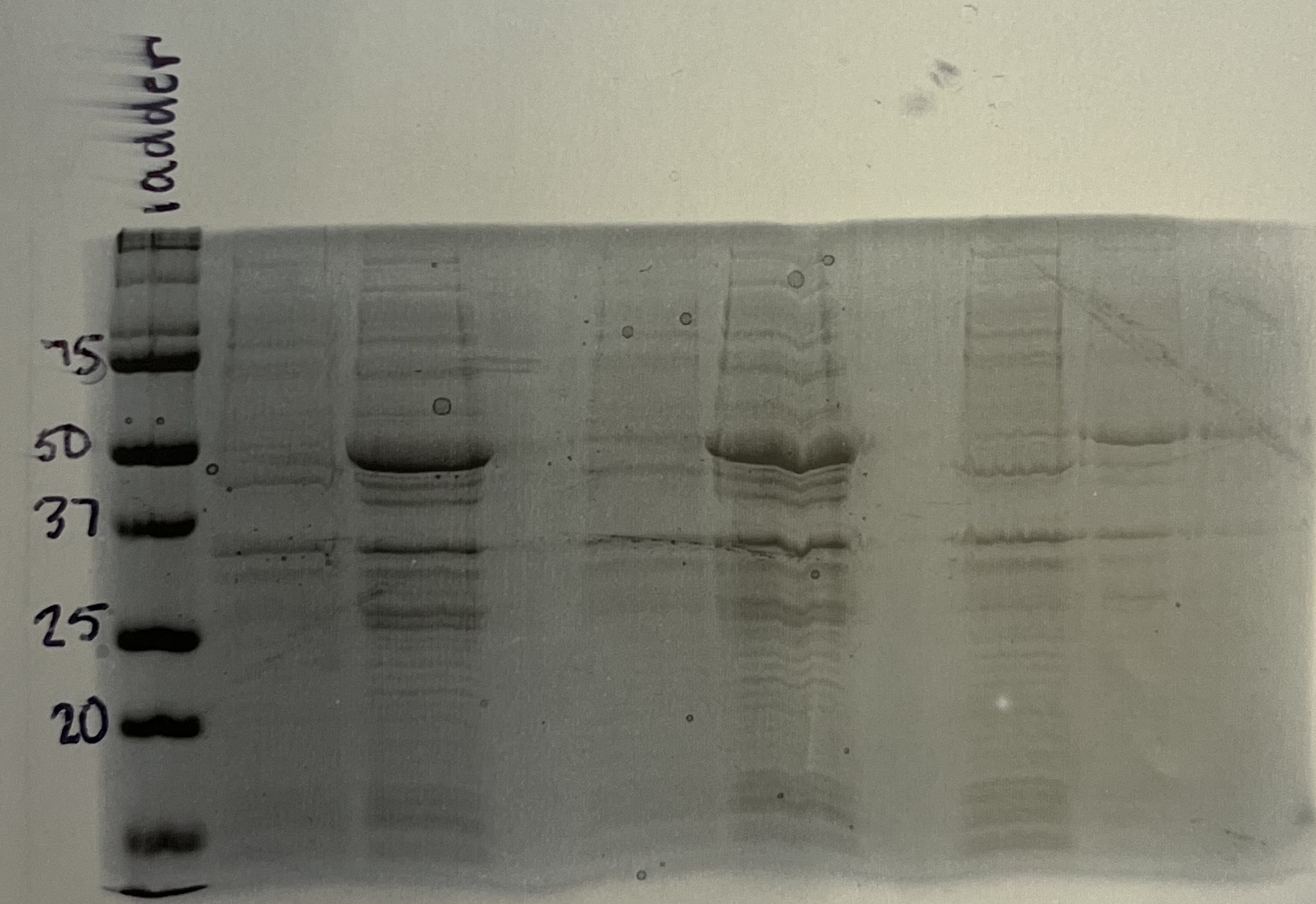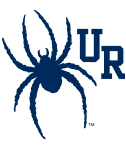My name is Haley Salus and I am a rising senior working in the Pollock Lab. As a pre-medicine student, the last 6 months of my life have been dedicated to studying for the MCAT, the medical school entrance exam. While most students find little joy in studying for a six-hour exam, I have found myself enjoying some of my study sessions, especially after starting in the research lab. I have found that techniques and procedures I do in the Pollock Lab have helped me to better understand research-based questions that show up on MCAT practice exams, making my time in the lab studying without actually studying. More bang for my buck!
What does the MCAT look like?
The MCAT exam is roughly a six-hour, 230-question exam split into four sections: Biological and Biochemical Foundations of Living Systems, Chemical and Physical Foundations of Biological Systems, Psychological Social and Biological Foundations of Behavior, and Critical Analysis and Reasoning Skills (CARS). Each section, with the exception of CARS, has 59 multiple choice questions, and 44 of those questions are accompanied by a passage. The passage questions are meant to test an examinee’s knowledge of scientific concepts and reasoning, research design, and data and statistical analysis. The passages themselves can be a little daunting if you don’t know how to approach them, as they are a page long and often contain tables, graphs, and data figures. They can be especially intimidating if you have never had experience in a laboratory setting. Luckily for me, the Pollock Lab, as well as my lab classes at the University of Richmond, have given me invaluable experience in a laboratory setting and have provided me the skills and knowledge to better interpret the passages and corresponding questions.
How does what I do in the lab help me approach MCAT questions?
Let’s consider any kind of passage that has a gel image. Gel electrophoresis is a technique used to separate molecules based on their size and charge. I have used this technique a lot in the Pollock Lab, specifically on proteins, however it can be used on other molecules as well, such as DNA and RNA. The gel is a thick polymer-like substance with small holes that the molecules will run through. An electric current is applied to the gel to push the molecules through. The small pores in the gel allow small molecules to pass through quickly, while larger molecules get stuck, this means that the smaller molecules will move further down the gel, thus separating the molecules. In the Pollock Lab, we use a detergent that gives all the molecules a negative charge so that their separation is solely based on their size, rather than size and charge. That being said, positively charged molecules will move farther than negatively charged molecules if there is no detergent present.
I have made and run numerous gels in my time in the Pollock Lab becoming familiar with how they work and how they look when completed (See Figure 1 for an example of a gel!). Because of this, when I see a gel image in an MCAT passage, I immediately think of working in the lab, and can visualize and interpret the passage better. For example, I know that the passage is likely dealing with some type of comparison between different DNA, RNA, or proteins. I also know that the comparison has to do with changes in size or charge of the molecules. With this knowledge, I can read through the passage in a more timely fashion. Remember, the exam is timed so you have to manage your time effectively! I can also immediately answer questions about the gel specifically, since any question asking about which molecule is smaller or which molecule has a positive charge can quickly be answered by looking at the gel.

Figure 1: Here is an image of a gel! The dark spots indicate where protein is and the ladder on the far left is used as a reference to determine the size of the protein! As you can see in this gel, there are a lot of differently-sized proteins present.
What are other skills that I helped me in my studying?
Gel electrophoresis is not the only technique that has helped me in answering practice questions. In the Pollock Lab, as well as on the MCAT exam, there is a lot of talk about molar concentrations and conversions. A molar concentration is the number of moles of a chemical substance in a given volume of another substance, such as water. A mole is the scientific unit for quantifying how much of a substance you have. You can use the periodic table to convert between moles and grams, making it, in my opinion, a high-yield topic on MCAT practice exams. An example of a question or scenario that uses molar concentrations and conversions would be a question asking how many grams of a chemical substance are in a certain concentration of a solution containing that substance. Converting from molarity (moles per liter) to moles to grams of a substance is a technique you learn in General Chemistry, however, it is one that certainly isn’t mastered right away, especially when you also have to convert between different base units such as milliliters to liters or vice versa. Since joining the Pollock Lab, I have had to do a lot of these conversions, and I started out always having Dr. Pollock check to make sure my math is correct. It is very easy to miss a decimal place or multiply when you should be dividing. However, with a lot of practice for my research project, converting from grams to moles per liter, or to different base units like microliters to milliliters, has become almost second nature to me. It is now something that I can quickly do on any MCAT question (effective use of time again!).
So, what is the take home message?
Working in a research lab can teach you so much! It has helped me to understand and interpret published research papers, apply the scientific process in general, and learn new scientific techniques. Plus, it helped me study for the MCAT! It is an experience that I am so grateful to have, and one that I would encourage all science majors or pre-health students to take part in if given the opportunity.
-Haley Salus
References
AAMC Students and Residents. (2023, July 12). About the MCAT Exam. https://students-residents.aamc.org/about-mcat-exam/about-mcat-exam

Recent Comments